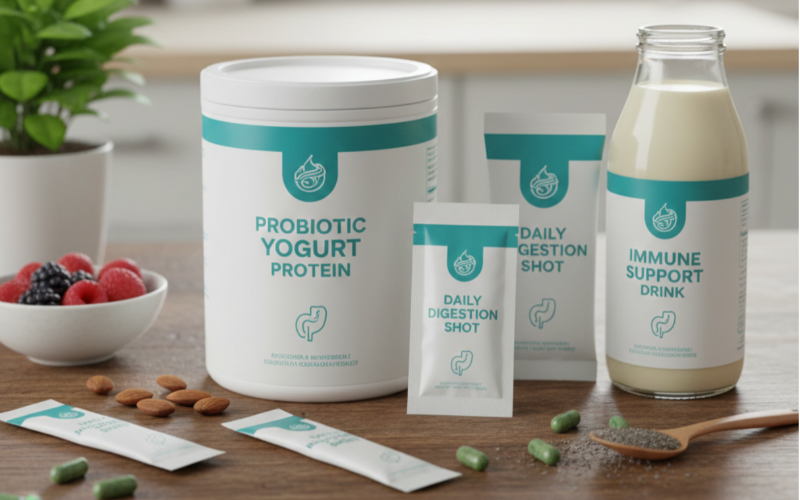Mikhail Mishchenko: The Global Dairy Industry Must Adapt to New Challenges


"The global dairy industry needs to take a fresh look at itself and its surroundings," Mishchenko remarked. He recalled that, according to a study by Tetra-Pak, the development of the dairy industry is influenced by two types of factors. The first type involves societal and governmental pressure: combating emissions into the atmosphere, the rise of vegetarianism, animal rights protection, and so on. The second type relates to technological developments, including the production of alternative products like artificial meat and synthesized milk.
"One of the most important trends affecting the dairy industry is the growing popularity of plant-based products," Mishchenko noted. For example, airlines actively offer plant-based alternatives, such as milk or cream for hot beverages, in their menus.
Mishchenko also observed that in wealthy countries, plant-based alternatives are a result of affluence and surplus, giving people the financial freedom to choose. Conversely, in poorer countries, these products often result from a lack of both dairy raw materials and financial resources, leaving people no choice but to purchase cheaper substitutes.
"With the help of social networks and smartphones, we've come to understand what a beautiful life looks like, and activities like maintaining and milking cows are seen as indicators of poverty. As soon as a person becomes wealthier, they stop milking cows and buy food in stores," he explained.
Moreover, it's essential to recognize that alternatives come in various forms: products that are clearly displayed on the shelf, as well as food products whose plant-based content is concealed under the guise of dairy products.
Another significant trend in the global dairy market is the growth of milk production in China. Here, production increased from 32 million tons in 2019 to 41.5 million tons in 2024. Cow productivity has risen to 9,000 kg per cow per year, and the cattle population is also increasing.
The import of whole dry milk into China has decreased. Looking ahead, Mishchenko believes that China could become an exporter of baby food and other dairy products.
While dairy production in the EU stagnates or decreases, and major exporters like New Zealand are reducing production volumes, China plans to further increase milk production and develop large farms with at least 100 heads. One of the country's goals is to be 85% self-sufficient in milk by 2035.
Golden Sponsor: Kromel Makina San ve Tic. AŞ
Special Sponsor: Setuay
Excursion Partner: TDNT Engineering
General Information Partner: Agro TV











